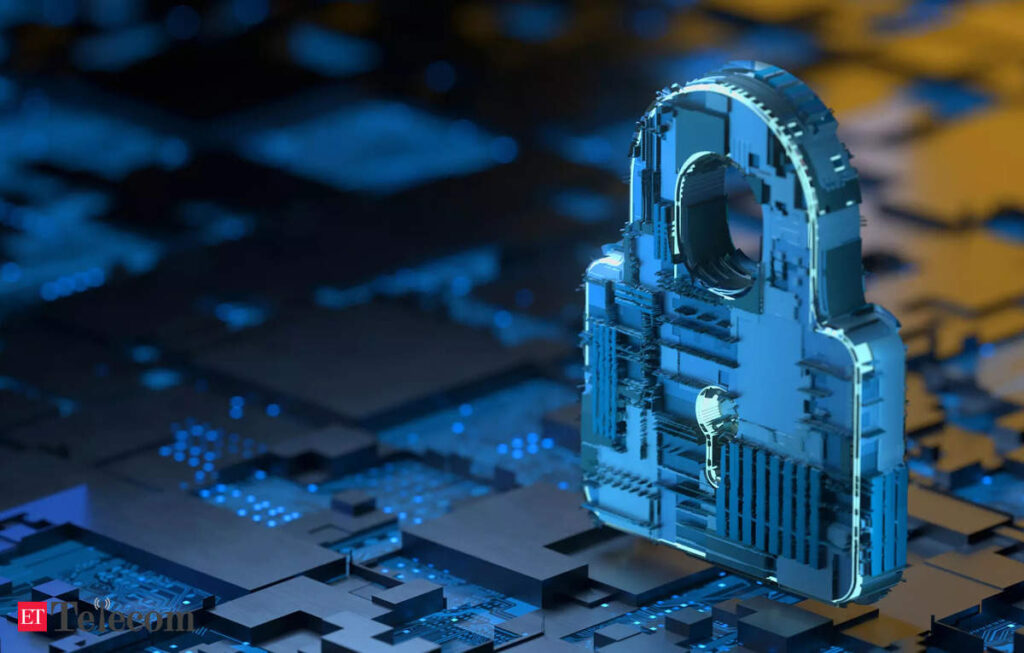The significant increase in cyber threats and cybersecurity attacks is a major obstacle to enterprises' digital transformation ambitions, especially given the inevitable integration of 5G and artificial intelligence (AI).
As India becomes more digitally connected, the cyber threat landscape is expected to continue to evolve, according to a recent report that ranked India as the 80th most targeted country for cybercrime. In another report, India had 5.3 million accounts compromised in 2023, ranking her 5th on the list of most compromised countries. A total of 299.8 million accounts were compromised worldwide.
The Ministry of Telecommunications of India recently launched a Digital Intelligence Platform (DIP) for coordination among stakeholders aimed at curbing the misuse of communication resources in cyber crimes and financial frauds. Additionally, a 'Chakshu' facility has been launched on the Sanchar Saathi portal to report suspected fraudulent communications. The initiative was launched to empower consumers to proactively report suspected fraudulent communications and will help curb such incidents as India moves towards becoming a digital nation. It will be of great help. Telecommunications carriers were also told to block 28,200 mobile phones used for cybercrime and required to re-authenticate 2 million mobile numbers associated with these handsets. There is.
Continued below
India's cybersecurity market reached $6.06 billion in 2023, but cyber frauds and crimes remain unchecked due to consumer awareness gap and constant misuse of evolving technology by spammers.
The increase in such incidents has increased the demand for cybersecurity experts. However, the problem is exacerbated by a lack of skilled personnel. Experts say India accounts for only 6% of global cybersecurity jobs and the demand-supply gap stands at 30%, predicting major skills challenges in the industry. That's what it means.
Additionally, the introduction of 5G networks and AI applications in various industries will bring new cybersecurity challenges, network security risks, etc. in the IoT space. However, testing can help minimize these risks by implementing effective security measures such as encryption, multi-factor authentication, network segmentation, threat intelligence, and security.
Governments and the private sector have worked to strengthen cybersecurity measures through multiple initiatives. However, despite these efforts, building a strong infrastructure, a talent pool of skilled cybersecurity professionals, and strong collaboration between government, industry, and academia to effectively counter cyber threats remains a challenge. There are still issues to be solved.
Most Read in the Industry
Join a community of over 2 million industry professionals
Subscribe to our newsletter for the latest insights and analysis.
Download the ETTelecom app
- Get real-time updates
- Save your favorite articles


